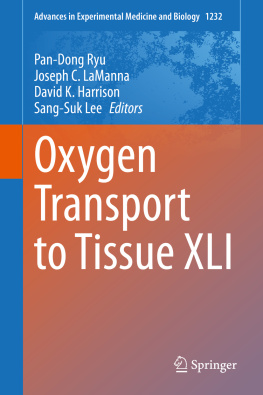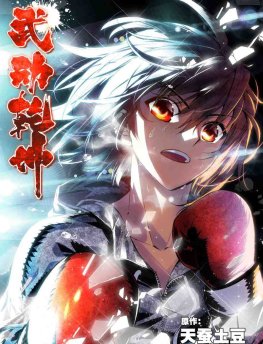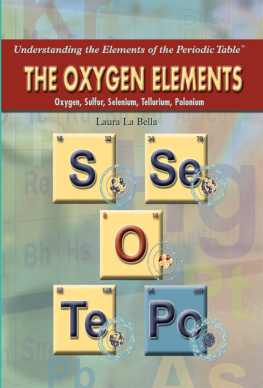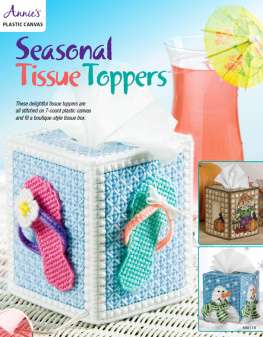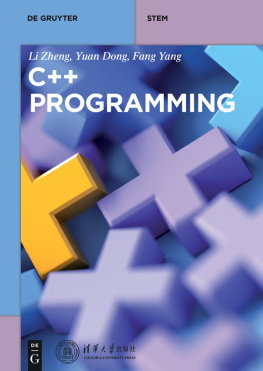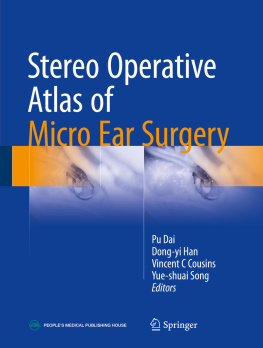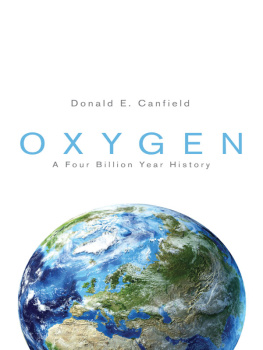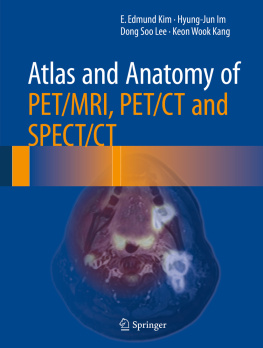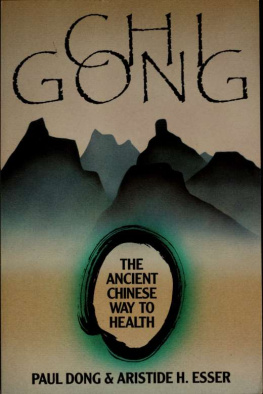Pan-Dong Ryu - Oxygen Transport to Tissue XLI
Here you can read online Pan-Dong Ryu - Oxygen Transport to Tissue XLI full text of the book (entire story) in english for free. Download pdf and epub, get meaning, cover and reviews about this ebook. year: 2020, publisher: Springer International Publishing, genre: Romance novel. Description of the work, (preface) as well as reviews are available. Best literature library LitArk.com created for fans of good reading and offers a wide selection of genres:
Romance novel
Science fiction
Adventure
Detective
Science
History
Home and family
Prose
Art
Politics
Computer
Non-fiction
Religion
Business
Children
Humor
Choose a favorite category and find really read worthwhile books. Enjoy immersion in the world of imagination, feel the emotions of the characters or learn something new for yourself, make an fascinating discovery.
- Book:Oxygen Transport to Tissue XLI
- Author:
- Publisher:Springer International Publishing
- Genre:
- Year:2020
- Rating:4 / 5
- Favourites:Add to favourites
- Your mark:
- 80
- 1
- 2
- 3
- 4
- 5
Oxygen Transport to Tissue XLI: summary, description and annotation
We offer to read an annotation, description, summary or preface (depends on what the author of the book "Oxygen Transport to Tissue XLI" wrote himself). If you haven't found the necessary information about the book — write in the comments, we will try to find it.
Oxygen Transport to Tissue XLI — read online for free the complete book (whole text) full work
Below is the text of the book, divided by pages. System saving the place of the last page read, allows you to conveniently read the book "Oxygen Transport to Tissue XLI" online for free, without having to search again every time where you left off. Put a bookmark, and you can go to the page where you finished reading at any time.
Font size:
Interval:
Bookmark:
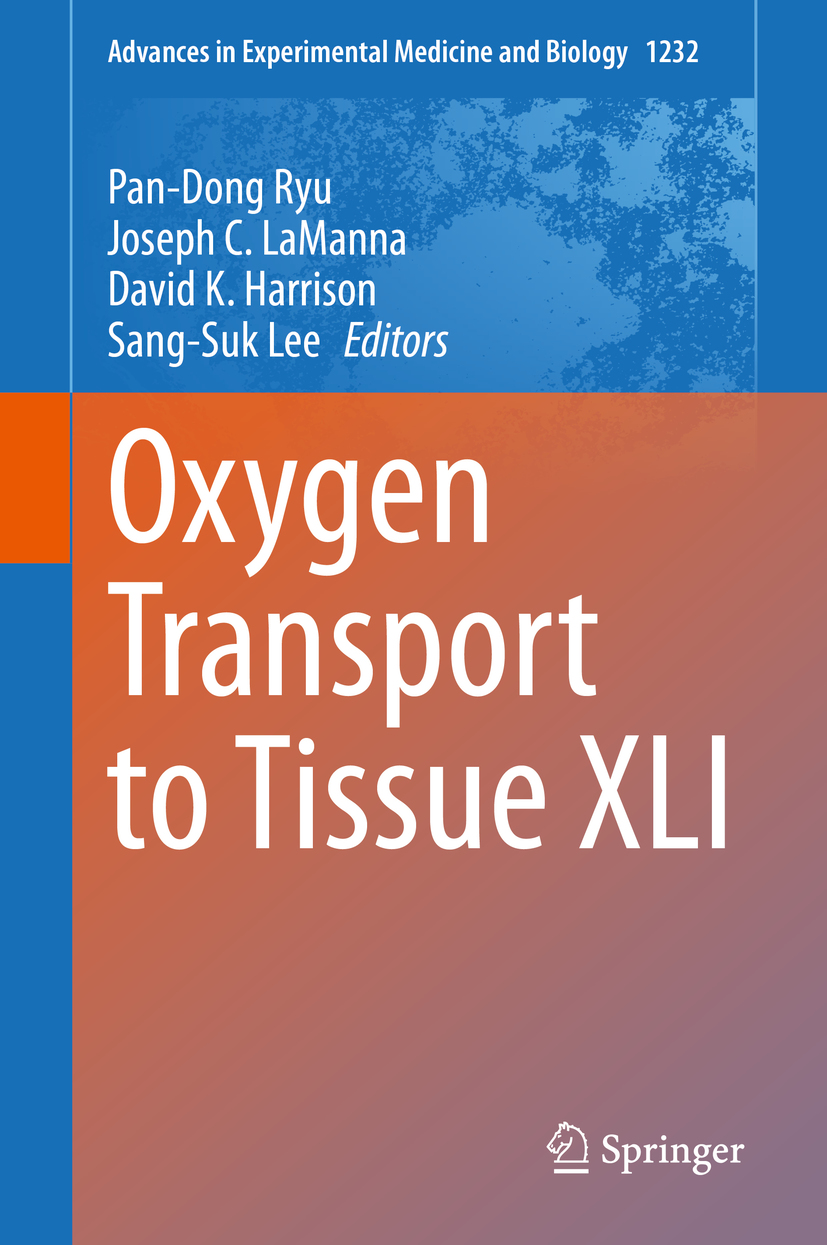
More information about this series at http://www.springer.com/series/5584

This Springer imprint is published by the registered company Springer Nature Switzerland AG
The registered company address is: Gewerbestrasse 11, 6330 Cham, Switzerland
Theheritageof ISOTT lies directly in the established four traditional disciplines of engineering, the three basic sciences, the fundamental medical sciences, and mathematics. Until the 1960s, these disciplines were totally separate, except for rare instances, and not formalized as an approach to solving important medical problems.
Thefoundationof our society was designed to bring teams of medical and engineering scientists together working on problems related to oxygen transport to tissues. The meetings were designed to promote inter- and cross-disciplinary research projects. Rather than break out into individual sessions, the meeting was to be held in one large venue that would hold all participants. This was done to enhance interactions and understandings of important medical issues related to oxygen transport to tissue.
The mission of our society was conceived to promote collaboration between the medical sciences and engineering sciences to assemble more sophisticated teams to understand and solve medical problems related to oxygen supply and utilization in human tissue.
The legacy of ISOTT will be its pioneering involvement in the formalization of the fifth traditional discipline of engineering, bioengineering. Secondly, its leadership as a focused and international research society to formulate and solve crucial medical problems related to oxygen transport in human health makes it important in reducing human suffering and mortality.
The author has prepared this document to inform our new as well as older members of the planning that went into establishing a meaningful society that enhances medical research. He hopes that ISOTT was and will continue to be a unique and high-level research organization that inspires and supports collaborative research on oxygen-related issues.
This volume is the publication of papers presented at the 46th annual meeting of the International Society on Oxygen Transport to Tissue (ISOTT) 2018 held in Seoul, Republic of Korea, from July 1 to July 5, 2018. It contains research results and perspectives on the transport of oxygen to tissues presented by the scientists in the multiple disciplines as did in the previous volumes. The papers in this book have been subjected to peer review by the leading experts in this area.
The meeting brought 122 participants including 30 students from 12 countries in Asia, Europe, and North America. The meeting was opened on Sunday July 1, 2018, with a welcome by Dr. Pan-Dong Ryu (President, ISOTT 2018), and followed by opening lecture of Dr. Kwang-Sup Soh, Current Developments in the Primo Vascular System and Oxygen. He overviewed the research on the system and its relation to oxygen transport. The lecture was followed by the cultural event Hidden Wonders of Korea providing an opportunity for the participants to experience Korean culture.
Font size:
Interval:
Bookmark:
Similar books «Oxygen Transport to Tissue XLI»
Look at similar books to Oxygen Transport to Tissue XLI. We have selected literature similar in name and meaning in the hope of providing readers with more options to find new, interesting, not yet read works.
Discussion, reviews of the book Oxygen Transport to Tissue XLI and just readers' own opinions. Leave your comments, write what you think about the work, its meaning or the main characters. Specify what exactly you liked and what you didn't like, and why you think so.

